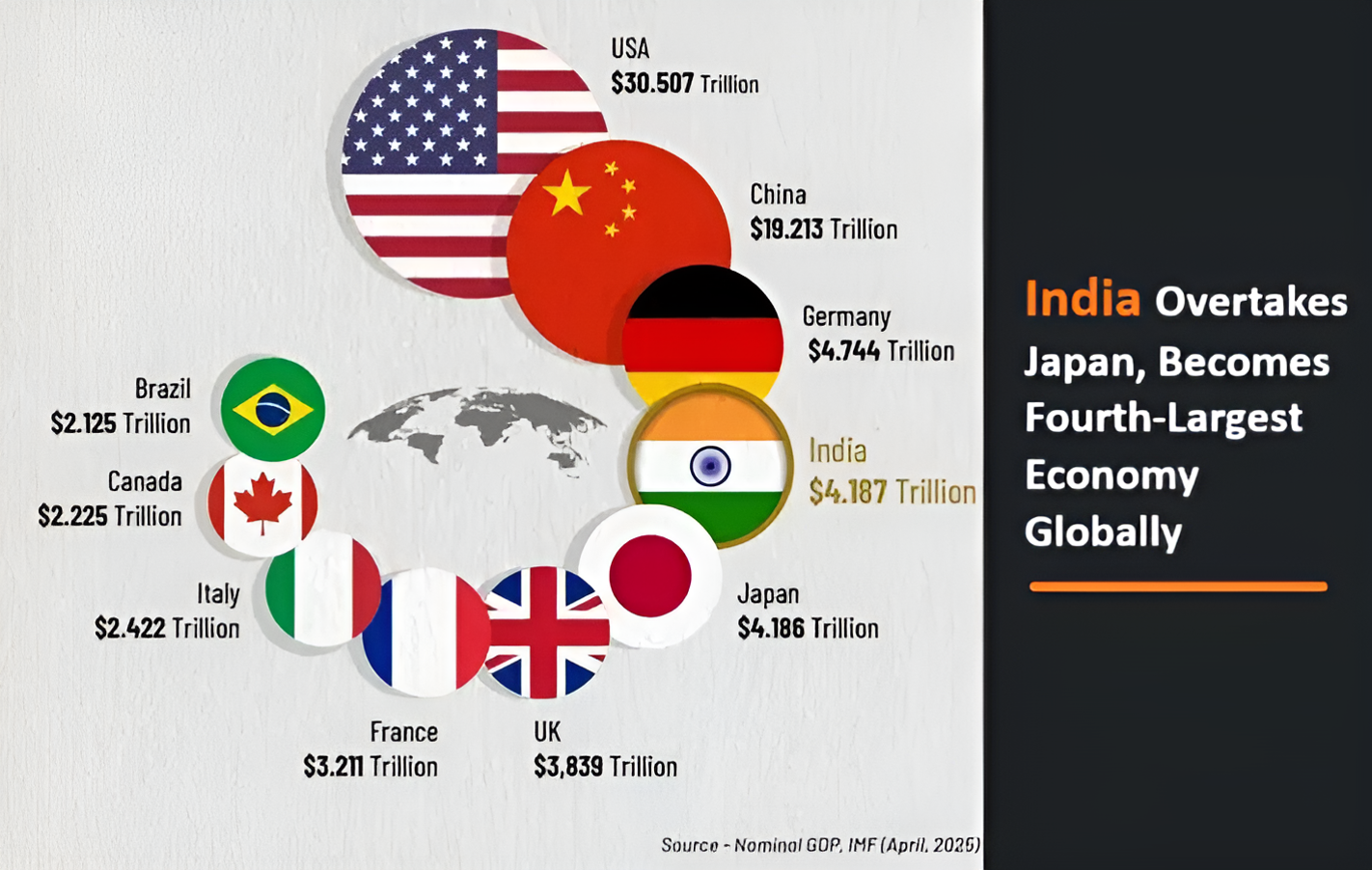In a stormy 2025 for Indian mutual funds, about 70% of mutual fund schemes across equity, debt, hybrid, and precious metals categories have delivered positive year-to-date (YTD) returns, showcasing resilience amid global tensions and market volatility.
Market Snapshot: Tepid Equities, High Volatility
The Indian equity market has experienced muted returns so far in 2025. The Nifty 50 index gained only 4.68% YTD till May 28, while the Nifty Midcap 150 and Nifty Smallcap 250 indices fell 0.46% and 5.89% respectively. Earlier in the year, the indices saw significant drawdowns, with the midcap and smallcap indices dropping up to 26%, reflecting heightened volatility due to:
-
Ongoing US-China trade tensions
-
Weak domestic earnings
-
The India-Pakistan conflict
Nirav Karkera, Head of Research at wealthtech firm Fisdom, notes that “Indian equities were undergoing a healthy correction phase even before these events, making valuations attractive and creating pockets of opportunity that many thematic mutual funds have capitalized on.”
Key Performance Highlights: Defence, Gold, BFSI Lead Gains
Data from ACE MF, a mutual fund research platform, highlights that out of nearly 1,800 mutual fund schemes, about 1,650 funds with at least five months of track record show that 1,162 schemes are posting positive returns YTD.
-
Top performer: The DSP World Gold Fund of Fund (FoF), investing in gold and gold mining companies, led gains boosted by a 25% rise in international gold prices.
-
Gold funds overall have delivered an impressive average YTD return of 24%, driven by geopolitical uncertainty, tariff wars, and stock market volatility.
-
The defence mutual fund category topped the charts with average returns exceeding 30% YTD, fueled by the India-Pakistan conflict and government approval of Rs 54,000 crore in defence orders.
-
The Banking, Financial Services, and Insurance (BFSI) funds also performed well, returning an average of 8% YTD, as valuations in major banks became attractive, offering value investment opportunities.
Kirtan Shah, founder of Credence Wealth, adds, “Value investing has been the preferred strategy in BFSI funds, especially with many banks trading near pre-COVID valuation levels.”
Underperformers: IT, Digital, Smallcap Funds Lag
Not all sectors have fared well in 2025:
-
Information Technology (IT) mutual funds are the worst performers, down over 11% YTD due to tariff-related uncertainties and the impact of the US Department of Government Efficiency’s (DOGE) spending cuts.
-
Digital India thematic funds, along with smallcap and momentum funds, have also seen weak performance amid cautious investor sentiment and market turbulence.
Investment Strategy Outlook for 2025
According to experts, value investing remains key in the near term as markets transition from a correction phase:
-
Kirtan Shah highlights ongoing uncertainty over global policies and interest rate dynamics.
-
Motilal Oswal Private Wealth suggests that while largecap valuations have moved from attractive to fair, emerging selective opportunities exist in midcap and smallcap stocks.
Their recommended approach includes:
-
Lump sum investments in hybrid, largecap, and flexicap funds.
-
A staggered investment strategy over 2-3 months for midcap and smallcap funds, taking advantage of market pullbacks for more aggressive exposure.



